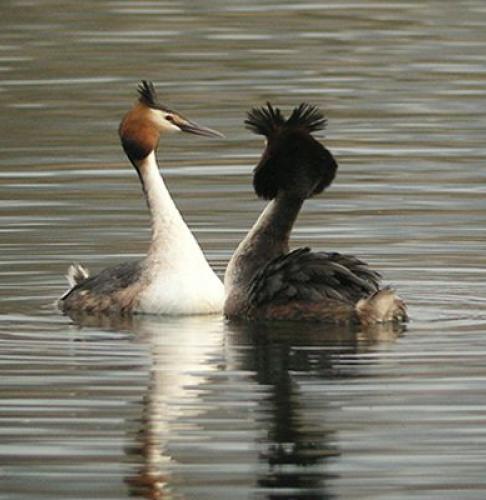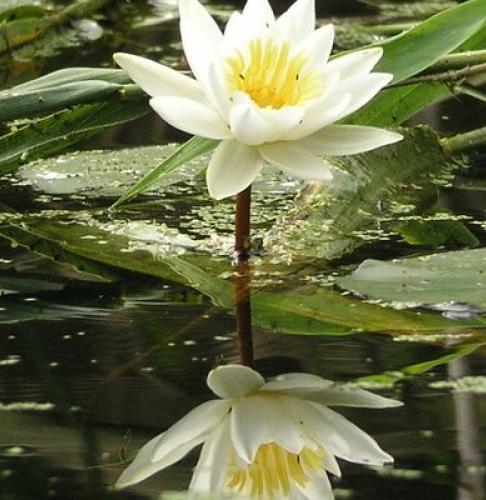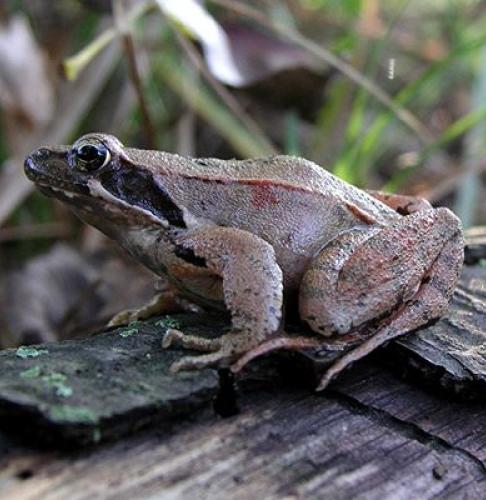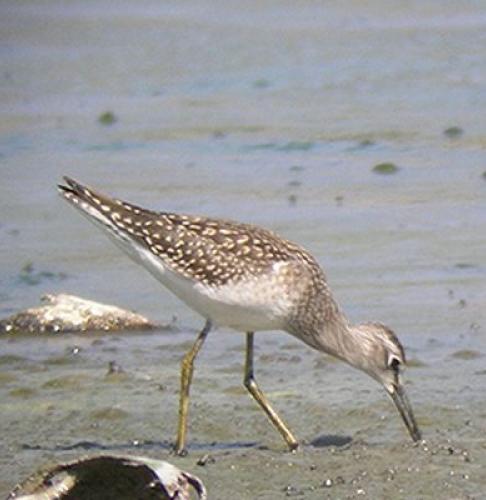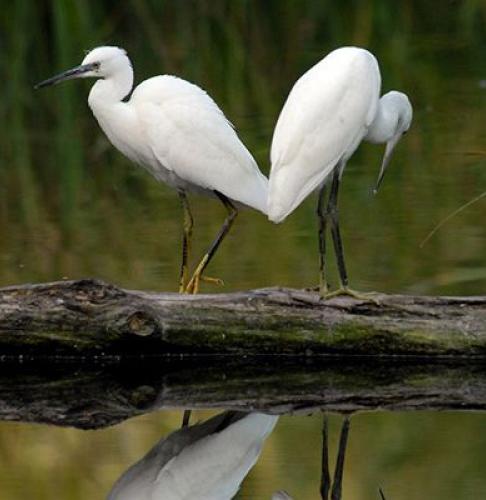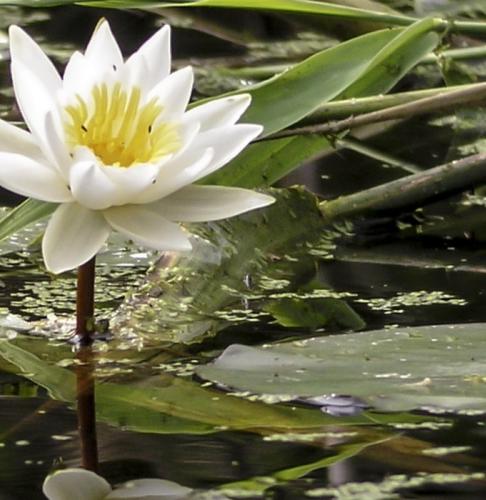Duckweed
Duckweed, or water lens, are flowering aquatic plants which float on or just beneath the surface of still or slow-moving bodies of fresh water and wetlands. Also known as "bayroot", they arose from within the arum or aroid family (Araceae), so often are classified as the subfamily Lemnoideae within the Araceae. Classifications created prior to the end of the 20th century classify them as a separate family, Lemnaceae.
These plants are very simple, lacking an obvious stem or leaves. The greater part of each plant is a small organized "thallus" or "frond" structure only a few cells thick, often with air pockets (aerenchyma) that allow it to float on or just under the water surface. Depending on the species, each plant may have no root or may have one or more simple rootlets.
Reproduction is mostly by asexual budding, which occurs from a meristem enclosed at the base of the frond. Occasionally, three tiny "flowers" consisting of two stamens and a pistil are produced, by which sexual reproduction occurs. Some view this "flower" as a pseudanthium, or reduced inflorescence, with three flowers that are distinctly either female or male and which are derived from the spadix in the Araceae. Evolution of the duckweed inflorescence remains ambiguous due to the considerable evolutionary reduction of these plants from their earlier relatives.
The flower of the duckweed genus Wolffia is the smallest known, measuring merely 0.3 mm long. The fruit produced through this occasional reproduction is a utricle, and a seed is produced in a bag containing air that facilitates flotation.
Scientific name: Lemna minor
Order: Arales
Family: Lemnaceae
Class: Liliopsida


